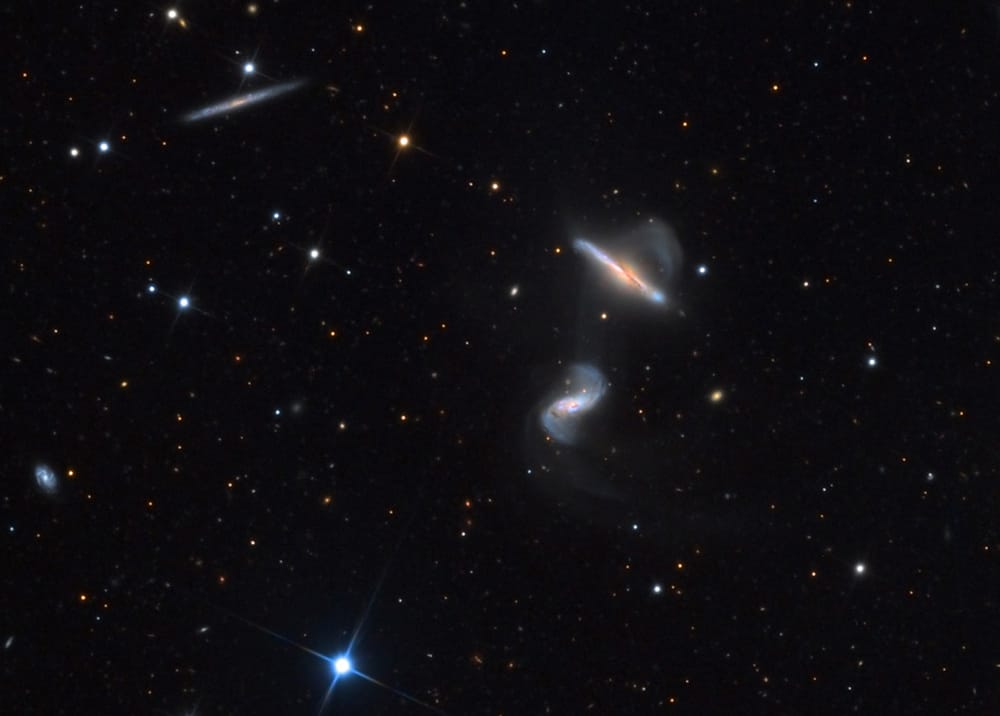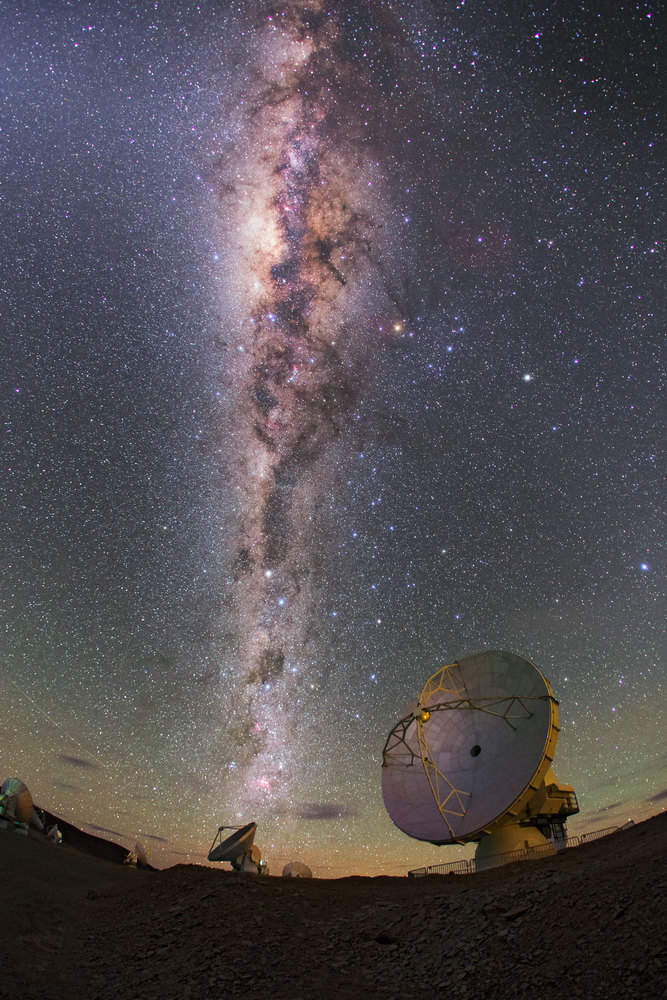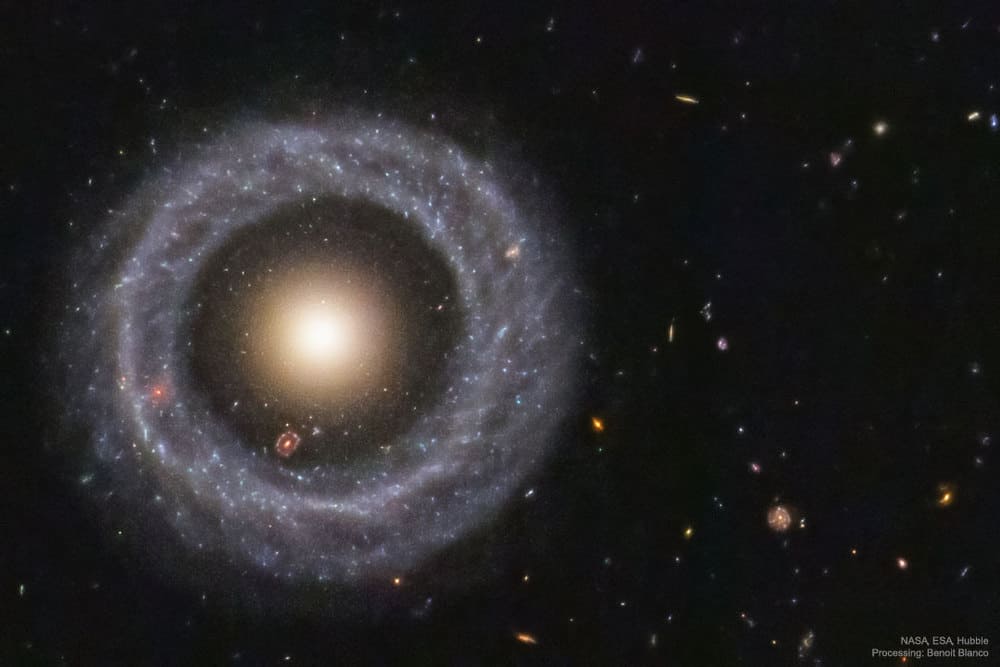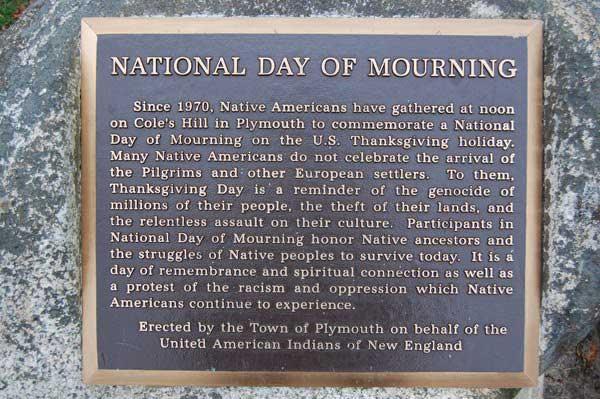Blog
Jack Sheldon (born November 30, 1931) is an American bebop and West Coast jazz trumpeter, singer, and actor. He is a trumpet player and was the music director on The Merv Griffin Show, as well as the voice heard on several episodes of the educational music television series Schoolhouse Rock! Sheldon was born in Jacksonville, Florida, United States. He originally became known through his participation in the West Coast jazz movement of the 1950s, performing and recording with such figures as Art Pepper, Gerry Mulligan, and Curtis Counce. Sheldon played the trumpet, sang, and performed on The Merv Griffin Show. He was Griffin’s sidekick for many years. Prior to joining Griffin’s show, he served as bandleader for the short-lived The Las Vegas Show.
https://www.youtube.com/watch?v=m4ZKqwvuRLs
Walter Brown “Brownie” McGhee (November 30, 1915 – February 16, 1996) was an African-American folk music and Piedmont blues singer and guitarist, best known for his collaboration with the harmonica player Sonny Terry. McGhee was born in Knoxville, Tennessee, and grew up in Kingsport, Tennessee. At about the age of four he contracted polio, which incapacitated his right leg. His brother Granville “Sticks”(or “Stick”) McGhee, who also later became a musician and composed the famous song “Drinkin’ Wine Spo-Dee-o-Dee,” was nicknamed for pushing young Brownie around in a cart. Their father, George McGhee, was a factory worker, known around University Avenue for playing guitar and singing. Brownie’s uncle made him a guitar from a tin marshmallow box and a piece of board.
McGhee spent much of his youth immersed in music, singing with a local harmony group, the Golden Voices Gospel Quartet, and teaching himself to play guitar. He also played the five-string banjo and ukulele and studied piano. Surgery funded by the March of Dimes enabled McGhee to walk.
At age 22, McGhee became a traveling musician, working in the Rabbit Foot Minstrels and befriending Blind Boy Fuller, whose guitar playing influenced him greatly. After Fuller’s death in 1941, J. B. Long of Columbia Records promoted McGhee as “Blind Boy Fuller No. 2.” By that time, McGhee was recording for Columbia’s subsidiary Okeh Records in Chicago, but his real success came after he moved to New York in 1942, when he teamed up with Sonny Terry, whom he had known since 1939, when Terry was Fuller’s harmonica player. The pairing was an overnight success. They recorded and toured together until around 1980. As a duo, Terry and McGhee did most of their work from 1958 until 1980, spending 11 months of each year touring and recording dozens of albums.
more...Robert Lee McCollum (November 30, 1909 – November 5, 1967) was an American blues musician who played and recorded under the pseudonyms Robert Lee McCoy and Robert Nighthawk. He was the father of the blues musician Sam Carr.
McCollum was born in Helena, Arkansas. He left home at an early age and became a busking musician. After a period traveling through southern Mississippi, he settled for a time in Memphis, Tennessee, where he played with local orchestras and musicians, such as the Memphis Jug Band. A particular influence during this period was Houston Stackhouse, from whom he learned to play slide guitar and with whom he performed on the radio in Jackson, Mississippi.
After further travels through Mississippi, he found it advisable to take his mother’s name and, as Robert Lee McCoy, moved to St. Louis, Missouri, in the mid-1930s. Local musicians with whom he played included Henry Townsend, Big Joe Williams, and Sonny Boy Williamson. This led to two recording dates in 1937, the four musicians recording together at the Victor Records studio in Aurora, Illinois, as well as recordings under his own name, including “Prowling Night-Hawk” (recorded 5 May 1937), from which he was to take his later pseudonym. These sessions led to Chicago blues careers for the other musicians, though not for McCoy, who continued his rambling life, playing and recording (for Victor/Bluebird Records and Decca Records) solo and with various other musicians, under various names. Kansas City Red was his drummer from the early 1940s to around 1946. He recorded Kansas City Red’s song “The Moon Is Rising”. McCoy became a familiar voice on local radio stations including WROX. A teenaged Ike Turner joined his band as a roadie in Clarksdale, Mississippi. Then Robert Lee McCoy disappeared. Within a few years, he resurfaced as the electric slide guitarist Robert Nighthawk and began recording for Aristocrat and Chess Records, the latter of which was also Muddy Waters‘s label. In 1949 and 1950, the two men’s styles were close enough that they were in competition for promotional activity. Waters was the more marketable commodity, being more reliable and a more confident stage communicator, and thus received the attention. Nighthawk continued to perform and record, taking up with United Records and States Records 1951 and 1952, but did not achieve great commercial success.
more...
https://www.youtube.com/watch?v=cqiKEWveYCU
more...While it’s common for galaxies to coexist peacefully in the same cosmic neighborhood, these two galaxies are a bit too close for comfort. The galaxies NGC 6286 (right) and NGC 6285 (left), collectively known as Arp 293, are tugging at each other with their mutually strong gravitational attraction, dragging wisps of gas and dust out from the galaxies and into interstellar space. This causes the galaxies to appear “smudged” and blurred from our perspective on Earth. The Hubble Space Telescope captured this image of the galactic pair, which are located more than over 250 million light-years from Earth in the constellation Draco. NGC 6285 is an interacting spiral galaxy located in the constellation Draco. It is designated as S0-a in the galaxy morphological classification schemeand was discovered by the American astronomer Lewis A. Swift in 1886. NGC 6285 is located at about 262 million light years away from earth. NGC 6285 and NGC 6286 form a pair of interacting galaxies, with tidal distortions, categorized as Arp 293 in the Arp Atlas of Peculiar Galaxies.

more...
Billy Hart (born November 29, 1940) is an American jazz drummer and educator. Hart was born in Washington, D.C., where early on in his career he performed with soul artists such as Otis Redding and Sam and Dave, and then later with Buck Hill and Shirley Horn, and was a sideman with the Montgomery Brothers (1961), Jimmy Smith (1964–1966), and Wes Montgomery(1966–68). Following Montgomery’s death in 1968, Hart moved to New York, where he recorded with McCoy Tyner, Wayne Shorter, and Joe Zawinul, and played with Eddie Harris, Pharoah Sanders, and Marian McPartland.
Hart was a member of Herbie Hancock‘s sextet (1969–73), and played with McCoy Tyner (1973–74), Stan Getz (1974–77), and Quest (1980s), in addition to extensive freelance playing (including recording with Miles Davis on 1972’s On the Corner).
Since the early 1990s, Hart has been associated with Oberlin Conservatory of Music, and is also adjunct faculty at the New England Conservatory of Music and Western Michigan University. He also conducts private lessons through the New School and New York University. The drummer often contributes to the Stokes Forest Music Camp and the Dworp Summer Jazz Clinic in Belgium.
He has led a group with Mark Turner, Ethan Iverson, and Ben Street, is featured in a trio led by pianist Jean-Michel Pilc, another led by guitarist Assaf Kehati, and has performed in a band known as the Cookers, with Eddie Henderson, David Weiss, Craig Handy, George Cables and Cecil McBee, all who have toured extensively and recorded two CDs. Hart resides in Montclair, New Jersey.
https://www.youtube.com/watch?v=W3lDcLUnpJI
more...John Mayall, OBE (born 29 November 1933) is an English blues singer, guitarist, organist and songwriter, whose musical career spans over sixty years. In the 1960s, he was the founder of John Mayall & the Bluesbreakers, a band which has counted among its members some of the most famous blues and blues rock musicians. Born in Macclesfield, Cheshire in 1933, Mayall was the son of Murray Mayall, a guitarist and jazz music enthusiast. From an early age, John was drawn to the sounds of American blues players such as Lead Belly, Albert Ammons, Pinetop Smith and Eddie Lang, and taught himself to play the piano, guitars, and harmonica.
In 1956, with college fellow Peter Ward, Mayall had founded the Powerhouse Four which consisted of both men and other local musicians with whom they played at local dances. In 1962 Mayall became a member of the Blues Syndicate. The band was formed by trumpeter John Rowlands and alto saxophonist Jack Massarik, who had seen the Alexis Korner band at a Manchester club and wanted to try a similar blend of jazz and blues. It also included rhythm guitarist Ray Cummings and drummer Hughie Flint, whom Mayall already knew. In 1962 John and his band were frequent and popular artists at all night R&B sessions at the ‘Twisted Wheel’ cellar club in central Manchester. Alexis Korner persuaded Mayall to opt for a full-time musical career and move to London, where Korner introduced him to many other musicians and helped them to find gigs. In late 1963, with his band, which was now called the Bluesbreakers, Mayall started playing at the Marquee Club. The line-up was Mayall, Ward, John McVie on bass and guitarist Bernie Watson, formerly of Cyril Davies and the R&B All-Stars. The next spring Mayall obtained his first recording date with producer Ian Samwell. The band, with Martin Hart at the drums, recorded two tracks : “Crawling Up a Hill” as well as “Mr. James.” Shortly after, Hughie Flint replaced Hart and Roger Dean took the guitar from Bernie Watson. This line-up backed John Lee Hooker on his British tour in 1964.
Mayall was offered a recording contract by Decca and, on 7 December 1964, a live performance of the band was recorded at the Klooks Kleek. A later studio-recorded single, “Crocodile Walk”, was released along with the album, but both failed to achieve any success and the contract was terminated.
In April 1965 former Yardbirds guitarist Eric Clapton replaced Roger Dean and John Mayall’s career entered a decisive phase.
William Thomas Strayhorn (November 29, 1915 – May 31, 1967) was an American jazz composer, pianist, lyricist, and arranger, best remembered for his long-time collaboration with bandleader and composer Duke Ellington that lasted nearly three decades. His compositions include “Take the ‘A’ Train“, “Chelsea Bridge“, “A Flower Is a Lovesome Thing“, and “Lush Life“.
Strayhorn was born in Dayton, Ohio. His family soon moved to the Homewood section of Pittsburgh, Pennsylvania. However, his mother’s family was from Hillsborough, North Carolina, and she sent him there to protect him from his father’s drunken sprees. Strayhorn spent many months of his childhood at his grandparents’ house in Hillsborough. In an interview, Strayhorn said that his grandmother was his primary influence during the first ten years of his life. He first became interested in music while living with her, playing hymns on her piano, and playing records on her Victrola record player.
more...
The basic structure of bulerías
Bulerías, like other flamenco forms, has its own language. When we dance we are in conversation with the singer, the guitarist, and the palmeros. The structure offers a formula for clear communication, and it looks like this:
-
Salida
-
Marcaje(s)
-
Paso de bulerías (or a more upbeat marcaje)
-
Llamada
-
Patá (Patada)
-
(Another Marcaje or Paso de Bulerías)
-
Llamada
-
Final
The Milky Way glitters brightly over ALMA antennas, in this image taken by the ESO Ultra High Definition Expedition team as they capture the site in 4K quality.
In the Chajnantor Plateau in the Atacama Desert, one of the highest and driest places on Earth, a gentle “rain” is falling. It is light from space, in millimetric and submillimetric wavelengths, a natural, scarce and precious resource. It is well-known that these waves are full of information about our cosmic origins, that is why people thirsty for this knowledge have gathered here to collect, channel and analyze it.
This is what gives rise to the Atacama Large Millimeter/submillimeter Array (ALMA), currently the largest radio telescope in the world. This achievement is the result of an international association between Europe (ESO), North America (NRAO) and East Asia (NAOJ), in collaboration with the Republic of Chile, to build the observatory of the “Dark Universe”.

Randall Stuart Newman (born November 28, 1943) is an American singer-songwriter, arranger, composer and pianist who is known for his distinctive voice, mordant (and often satirical) pop songs and film scores.
Since the 1980s, Newman has worked mostly as a film composer. His film scores include Ragtime, Awakenings, The Natural, Leatherheads, Pleasantville, Meet the Parents, Cold Turkey and Seabiscuit. He has scored nine Disney–Pixar animated films: Toy Story; A Bug’s Life; Toy Story 2; Monsters, Inc.; Cars; Toy Story 3; Monsters University; Cars 3; Toy Story 4 and Disney’s The Princess and the Frog and James and the Giant Peach.
Newman has received twenty Academy Award nominations in the Best Original Score and Best Original Song categories and has won twice in the latter category, contributing to the Newmans being the most nominated Academy Award extended family, with a collective 92 nominations in various music categories. He has also won three Emmys, seven Grammy Awards and the Governor’s Award from the Recording Academy.
Newman was inducted into the Songwriters Hall of Fame in 2002 for classics such as “Short People“, and as a Disney Legend in 2007. He was inducted into the Rock and Roll Hall of Fame in April 2013.
Newman was born to a Jewish family on November 28, 1943, his father’s 30th birthday, in Los Angeles. He is the son of Adele “Dixie” (née Fuchs/Fox; August 30, 1916 – October 4, 1988), a secretary, and Irving George Newman (November 28, 1913 – February 1, 1990), an internist. He lived in New Orleans, Louisiana, as a small child and spent summers there until he was 11 years old, when his family returned to Los Angeles.
more...Roy McCurdy (born November 28, 1936) is a jazz drummer.
Before joining Cannonball Adderley‘s Quintet in 1965 and staying with the band until Adderley’s death in 1975, he had played with Chuck and Gap Mangione in the Jazz Brothers (1960–1961), as well as with Bobby Timmons, Betty Carter and Sonny Rollins (1963–1964), appearing on the classic 1963 album Sonny Meets Hawk!
He attended the Eastman School of Music from sixteen to eighteen, during which time he also played professionally with Roy Eldridge and with Eddie Vinson at seventeen. In 1960 he joined the Art Farmer – Benny Golson Jazztet and remained for two years.
Among the influences he cites Louie Bellson, Shelly Manne, Sam Woodyard, Buddy Rich, Papa Jo Jones, Philly Joe Jones and the bands of Duke Ellington, Jimmie Lunceford and Lionel Hampton.
He has also played and/or recorded with Count Basie, Wes Montgomery, Ella Fitzgerald, Sarah Vaughan, Carmen McRae, Joe Williams, Herbie Hancock, Oscar Peterson, Bud Powell, Art Pepper, and the jazz rock group Blood, Sweat and Tears, etc.
more...Leandro “Gato” Barbieri (28 November 1932 – 2 April 2016) was an Argentine jazz tenor saxophonist who rose to fame during the free jazzmovement in the 1960s and is known for his Latin jazz recordings of the 1970s. His nickname, Gato, is Spanish for “cat”.
Born to a family of musicians, Barbieri began playing music after hearing Charlie Parker‘s “Now’s the Time”. He played the clarinet and later the alto saxophone while performing with the Argentinean pianist Lalo Schifrin in the late 1950s. By the early 1960s, while playing in Rome, he also worked with the trumpeter Don Cherry. By now influenced by John Coltrane‘s late recordings, as well as those from other free jazz saxophonists such as Albert Ayler and Pharoah Sanders, he began to develop the warm and gritty tone with which he is associated. In the late 1960s, he was fusing music from South America into his playing and contributed to multi-artist projects like Charlie Haden‘s Liberation Music Orchestra and Carla Bley‘s Escalator Over The Hill. His score for Bernardo Bertolucci‘s 1972 film Last Tango in Paris earned him a Grammy Award and led to a record deal with Impulse! Records.
By the mid-1970s, he was recording for A&M Records and moved his music towards soul-jazz and jazz-pop. Caliente! (1976) included his best known song, a rendition of Carlos Santana‘s “Europa“. That and the follow-up album, Ruby Ruby (1977) were both produced by fellow musician and label co-founder, Herb Alpert.
https://www.youtube.com/watch?v=x6XGDWIxMV4
more...Gigi Gryce (born George General Grice Jr.; November 28, 1925 – March 14, 1983), later Basheer Qusim, was an American jazz saxophonist, flautist, clarinetist, composer, arranger, and educator.
While his performing career was relatively short, much of his work as a player, composer, and arranger was quite influential and well-recognized during his time. However, Gryce abruptly ended his jazz career in the 1960s. This, in addition to his nature as a very private person, has resulted in very little knowledge of Gryce today. Several of his compositions have been covered extensively (“Minority“, “Social Call”, “Nica’s Tempo”) and have become minor jazz standards. Gryce’s compositional bent includes harmonic choices similar to those of contemporaries Benny Golson, Tadd Dameron and Horace Silver. Gryce’s playing, arranging, and composing are most associated with the classic hard bop era (roughly 1953–1965). He was a well-educated composer and musician, and wrote some classical works as a student at the Boston Conservatory. As a jazz musician and composer he was very much influenced by the work of Charlie Parker and Thelonious Monk.
George General Grice Jr. was born in Pensacola, Florida on November 28, 1925.
After graduating with a degree in composition in 1952, Gryce relocated to New York City, where he would enjoy much success in the mid fifties. In 1953 Max Roach recorded one of Gryce’s charts with his septet, and soon after Gryce recorded with Howard McGhee and wrote for Horace Silver‘s sextet as well.
Gryce was influenced by Tadd Dameron, with whom he played in 1953 at the Paradise Club. Gryce had not yet reached his peak as a musician or soloist, but was developing a reputation as a versatile and talented composer and arranger. Later in 1953 Gryce also contributed a tune, “Up in Quincy’s Place” to Art Farmer‘s Prestige recordings. While this recording was rather inconsequential, Farmer would become one of Gryce’s closest colleagues.
One of the most important connections Gryce made in New York was with Quincy Jones, who encouraged Lionel Hampton to hire Gryce for his band in the summer of 1953. After playing with Hampton’s band in the States, Gryce was invited to join the band for their European tour.
While the style of the Hampton band was outdated and overly commercialized in Gryce’s eyes, the opportunities and connections made on the European tour were largely what propelled Gryce into success as an artist. In Hampton’s band, Gryce played with Anthony Ortega, Clifford Solomon (tenor saxophone), Clifford Scott, Oscar Estelle (baritone saxophone), Walter Williams (trumpet), Art Farmer, Clifford Brown, Quincy Jones, Al Hayse, Jimmy Cleveland, George “Buster” Cooper, William “Monk” Montgomery, and Alan Dawson. Gryce became particularly close friends with Clifford Brown, with whom he found much in common. The Hampton tour did not pay well, and Gryce and others frequently sought recording opportunities on the side, particularly in Stockholm and Paris, where Europeans were eager to record touring Americans. There was already some tension in the band between young bebop-influenced musicians and the more established swing musicians (including Hampton himself), and Hampton did not react well when he heard his musicians were recording on the side.
The recordings Gryce made with Clifford Brown and others on the tour were often hurried and done on the fly, yet they were instrumental in building his career, particularly as a composer. Notable of these European recordings were “Paris the Beautiful”, featuring tonal centers a third apart and a Parker-influenced solo by Gryce; “Brown Skins”, a concerto for a large jazz ensemble; “Blue Concept”, recorded by the Gryce-Brown sextet; and “Strictly Romantic”, which oscillates between A flat and G major. In addition, Henri Renaud recorded an entire album exclusively of Gryce’s work, which did a great deal to build his reputation.
more...
Is this one galaxy or two? This question came to light in 1950 when astronomer Arthur Hoag chanced upon this unusual extragalactic object. On the outside is a ring dominated by bright blue stars, while near the center lies a ball of much redder stars that are likely much older. Between the two is a gap that appears almost completely dark. How Hoag’s Object formed, including its nearly perfectly round ring of stars and gas, remains unknown. Genesis hypotheses include a galaxy collision billions of years ago and the gravitational effect of a central bar that has since vanished. The featured photo was taken by the Hubble Space Telescope and recently reprocessed using an artificially intelligent de-noising algorithm. Observations in radio waves indicate that Hoag’s Object has not accreted a smaller galaxy in the past billion years. Hoag’s Object spans about 100,000 light years and lies about 600 million light years away toward the constellation of the Snake (Serpens). Many galaxies far in the distance are visible toward the right, while coincidentally, visible in the gap at about seven o’clock, is another but more distant ring galaxy.

More Posts
- Ray Charles Day
- John Coltrane Day
- World Music with Nawang Khechog
- Daily Roots with Patsy Todd & Stranger Cole
- Pippin
- The Cosmos with NGC 5291
- Oliver Mtukudzi Day
- King Sunny Adé Day
- Leroy Holmes Day
- World Music with Bombino and Vieux Farka Touré
- Daily Roots with Rad Bryan
- Pippin the Musical
- The Cosmos with M61
- Leonard Cohen Day
- Chico Hamilton Day
- Slam Stewart Day
- World Music with Spirit of the Hornbill Dance Troupe
- Daily Roots with the Renegades
- Fridays for Future Global Climate Strike
- Pippin
